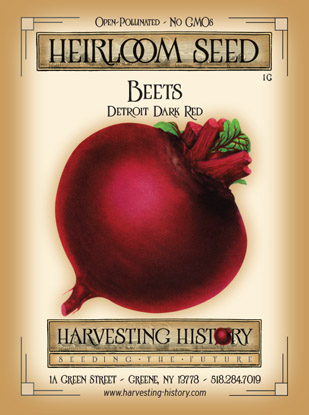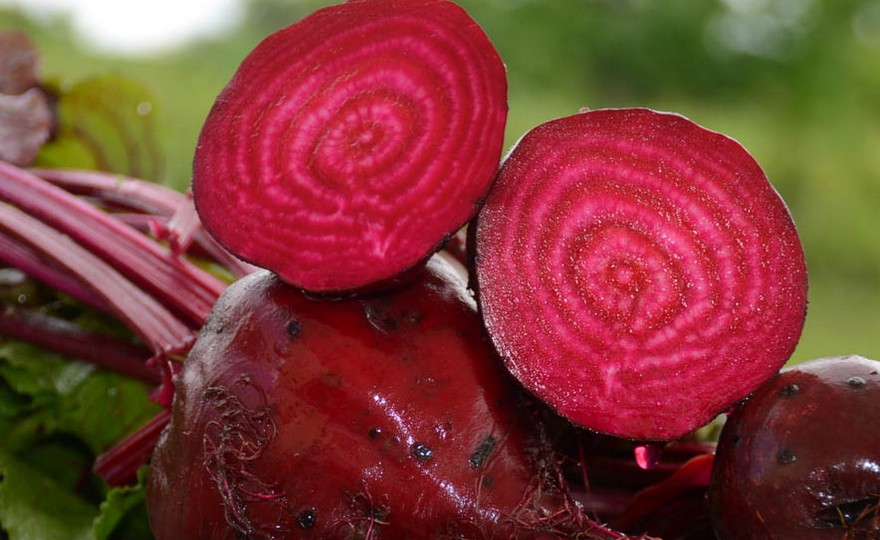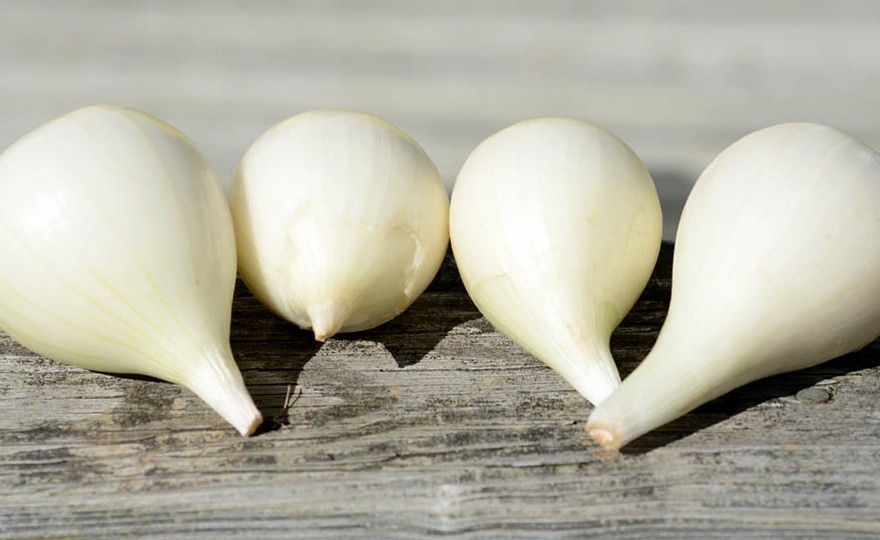
Beet, Detroit Dark Red
-
- **SOLD OUT** HOLIDAY GIFTS **SOLD OUT**
- **SOLD OUT** Holiday Books **SOLD OUT**
- **SOLD OUT** Holiday Citrus **SOLD OUT**
- **SOLD OUT** Holiday Gift Certificates **SOLD OUT**
- **SOLD OUT** Holiday Paperwhites **SOLD OUT**
- **SOLD OUT** Holiday Praying Mantis Kits **SOLD OUT**
- **SOLD OUT** Holiday Tools **SOLD OUT**
- **SOLD OUT** Holiday Wildflower Mixtures **SOLD OUT**
- Citrus Trees
- **SOLD OUT** - Vegetable and Herb Plants - Mix & Match any 6 Plants for $50 - Only Shipped in Quantities of 6
- Elephant Ear Plants & Roots
- **SOLD OUT** 4-Inch Pot Herb Plants **SOLD OUT**
- Rare Plants
- **SOLD OUT** Vining Plants **SOLD OUT**
- Asian Seeds
- Beneficial Bugs
- Books
- Citrus Fertilizers
- Cold-Treated Bulbs - SEE BULBS FOR FALL PLANTING TO ORDER
- Cold-Treated Allium
- Cold-Treated Chionodoxa
- Cold-Treated Crocus
- Cold-Treated Hyacinthoides
- Cold-Treated Hyacinthus Orientalis
- Cold-Treated Narcissus
- Cold-Treated Cyclamineus Narcissus
- Cold-Treated Double Heirloom Narcissus
- Cold-Treated Jonquilla Narcissus
- Cold-Treated Large Cupped Narcissus
- Cold-Treated Poeticus Narcissus
- Cold-Treated Small Cupped Narcissus
- Cold-Treated Species Miniature Narcissus
- Cold-Treated Split Cupped Narcissus
- Cold-Treated Tazetta Narcissus
- Cold-Treated Triandus Narcissus
- Cold-Treated Trumpet Daffodils
- Cold-Treated Ornithogalum
- Cold-Treated Rock Garden Iris
- Cold-Treated Scilla
- Cold-Treated Tulips
- Cold-Treated Emperor Tulips
- Cold-Treated Fringed Tulips
- Cold-Treated Green or Viridiflora Tulips
- Cold-Treated Lily Flowering Tulips
- Cold-Treated Parrot Tulips
- Cold-Treated Peony Flowering Tulips
- Cold-Treated Single Early Tulips
- Cold-Treated Single Late Tulips
- Cold-Treated Species Tulips
- Cold-Treated Triumph Tulips
- Flower Bulbs, Corms and Tubers
- Bulbs for Spring Planting
- Bulbs for Fall Planting - ALL BULBS AVAILABLE ARE COLD TREATED FOR PLANTING AS SOON AS SOIL CAN BE WORKED
- Fall Blooming Bulbs
- Garden Tools & Equipment
- Gift Certificates
- HHH Exclusive Wildflower Mixtures
- Wildflower Mixtures
- Heirloom Garlic
- Potatoes
- Roots & Sets
- Seeds
- Flowers
- Herbs
- Vegetables
- **SOLD OUT** HOLIDAY GIFTS **SOLD OUT**
-
- No products to compare
-
68 in stock
Quick Overview
BEET, Detroit Dark Red – Beta vulgaris
FULL SUN Native to the coastal regions of southern Europe, the beet has been cultivated since prehistoric times for its green tops. Not until the 1500s was the vegetable cultivated for its roots.
Detroit Dark Red is one of the most famous beets of all time. Introduced in 1892, roots grow to 3 in., flesh is fine-grained, sweet and tender. The dark green tops are also tasty.
Beets can be sown in the early spring for a summer crop and mid-late summer for a fall crop. In the spring, plant as soon as the ground can be worked. Soil should be deeply spaded before planting. Beets are best grown in sandy loam soil. Beets grown in dense clay soils can be tough and stringy while beets grown in rich soils tend to go to seed quickly. Rows should be 18 in. apart.
When seedlings are 1 in. high, thin, leaving 6 in. between plants.
Beets become sweeter with exposure to frosts. Adding lime to the soil before planting will also sweeten beets. They should be harvested young and small or they tend to become woody.
| Type | Spacing | Planting Depth | Days to Germination | Maturity |
| Beets | 6 in. | 1 in. | 14-18 | 55 |

Beet, Detroit Dark Red
The beet is closely related to Swiss Chard. The tops of the beet (beet greens) have been consumed by man since prehistoric times. The Romans enjoyed beet greens and eventually found that they liked the roots when cooked, however, little else is known about the beet. During the 16th century, the beet began to grow in popularity in both Europe and the United States. It was known as the ‘Blood Turnip’ Beets are easy to grow if you remember that they strongly prefer cool or cold temperatures. They make a good early spring crop and an excellent fall crop. They can withstand repeated frosts and even small snowfalls. Beets like sandy loam soils. Beets can grow in clay soils, but dense clay soils will produce tough, stringy beets. If the soil is too rich, the beets will go to seed quickly.







